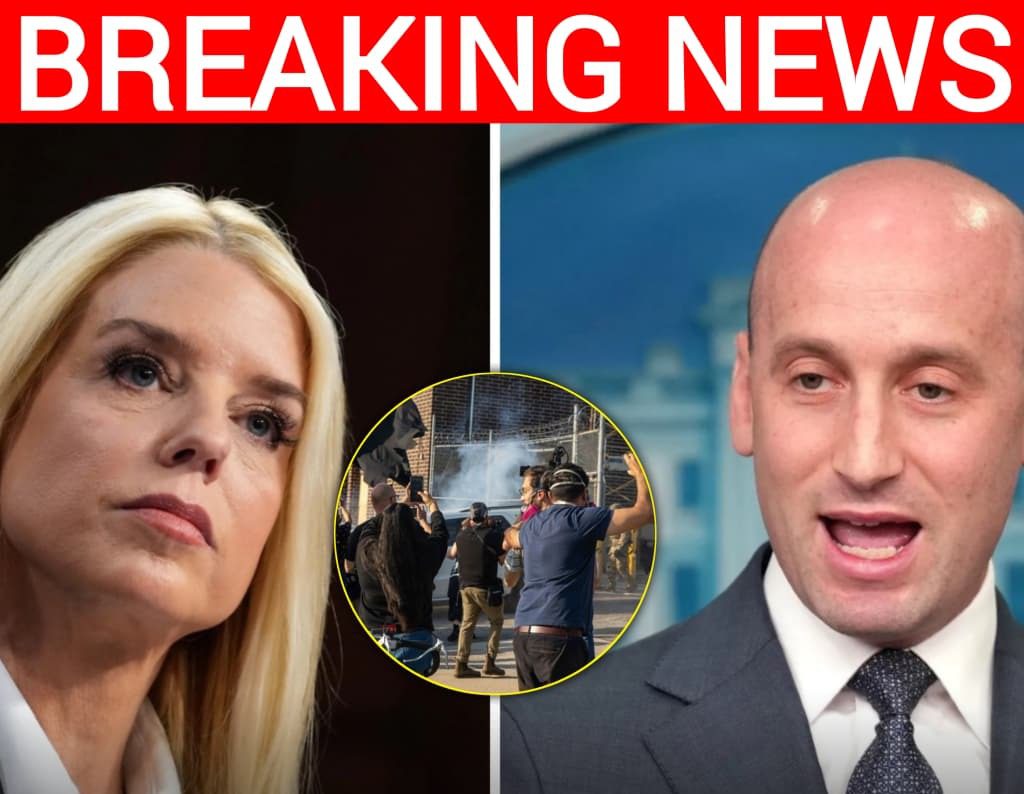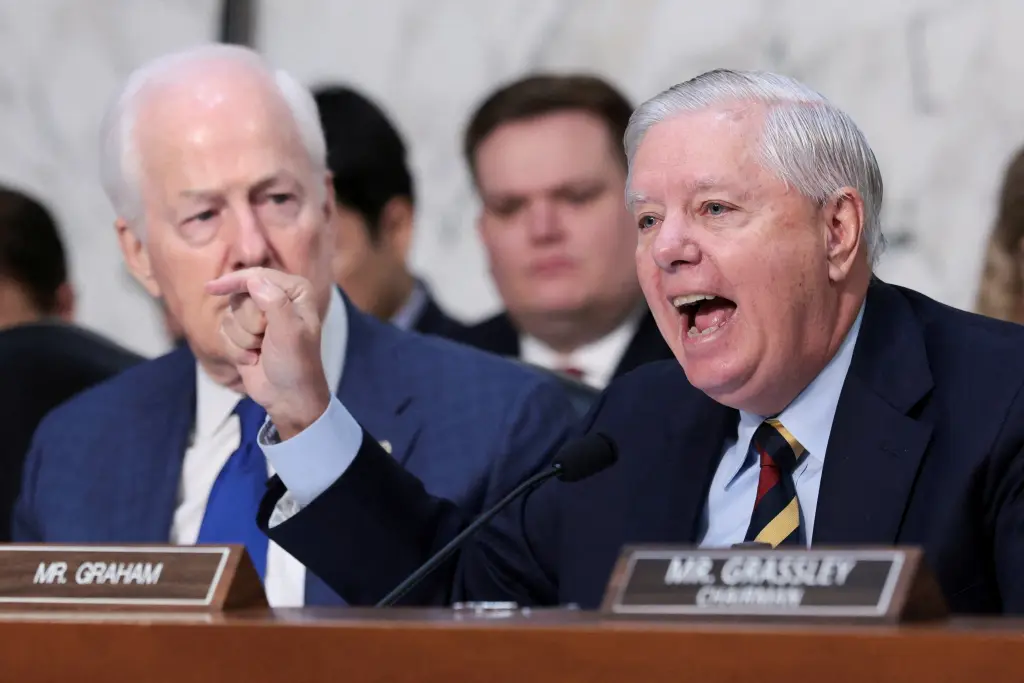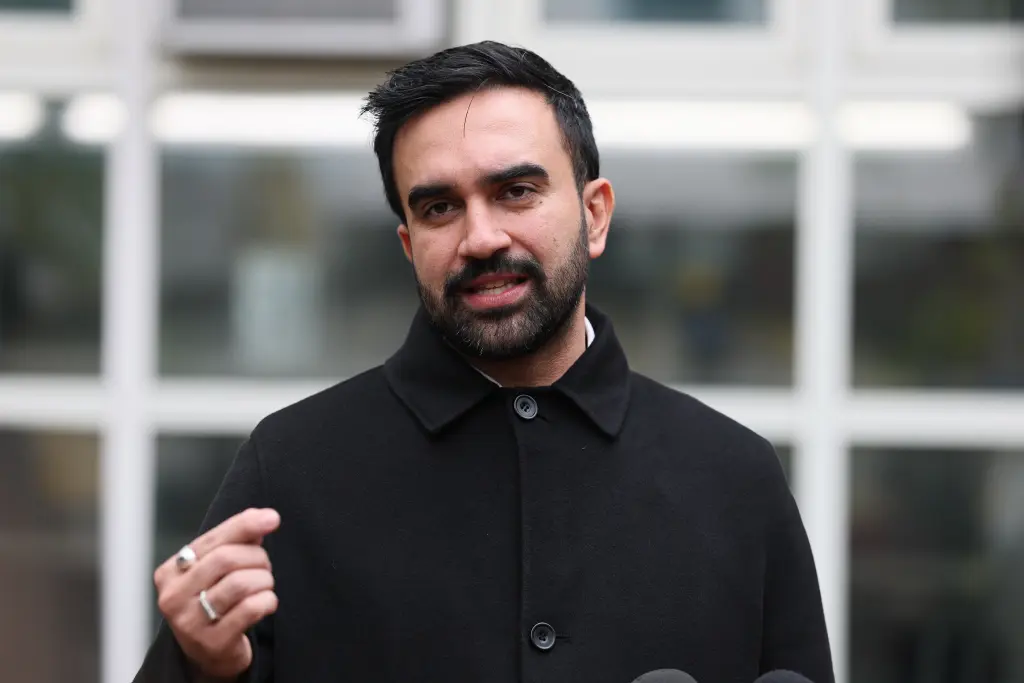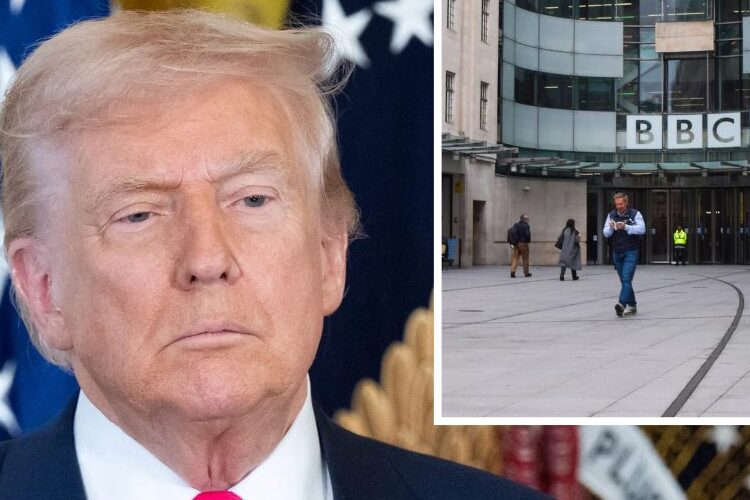Stephen Miller and Pam Bondi Announce Federal Surge Against “Left-Wing Terror Networks” Following Attack on ICE Facility in Dallas
The news coming out of Washington this week feels like a turning point in how the Trump administration is handling what it calls a growing campaign of violence against ICE agents and facilities. Just days after a deadly attack on an ICE detention center in Dallas left one detainee dead on September 24, 2025, the White House moved quickly to roll out a nationwide surge in law enforcement resources. Stephen Miller and Pam Bondi, two of Trump’s most visible voices on immigration and security, announced that the Department of Justice has subpoenaed and mobilized Joint Terrorism Task Forces across the country. Their mission is to disrupt and investigate what officials are now calling “left-wing terror networks” that have targeted federal officers and facilities.
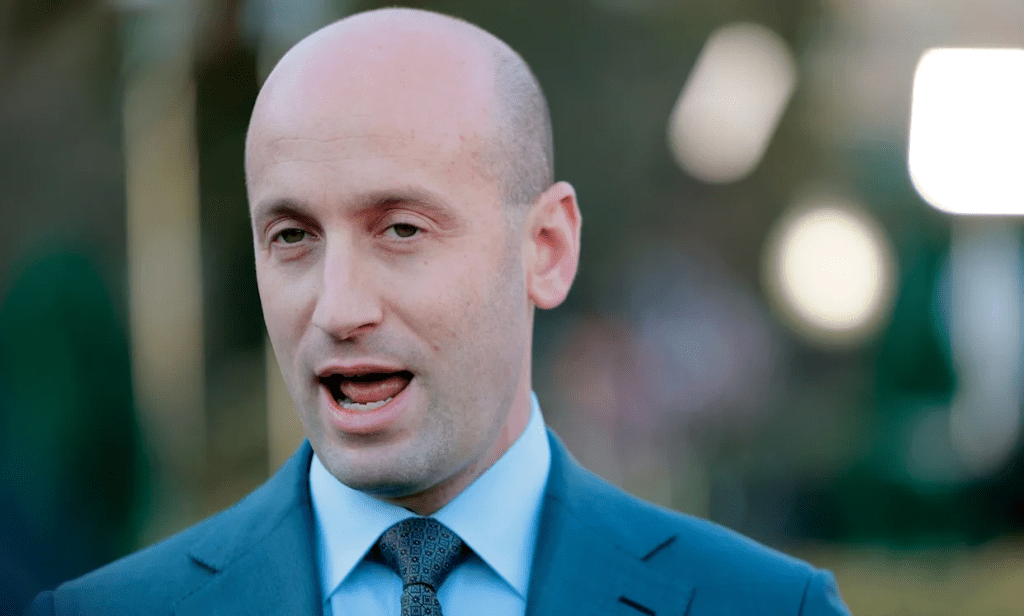
Miller’s words were firm and direct: “This campaign of terrorism will be brought down.” Pam Bondi followed with equally strong language, ordering agents not only to track down groups but also to ensure ICE facilities receive additional protection. The DOJ, according to Bondi, is placing more agents at these sites to prevent further attacks and to make sure anyone attempting to threaten federal officers or destroy federal property is immediately taken into custody.
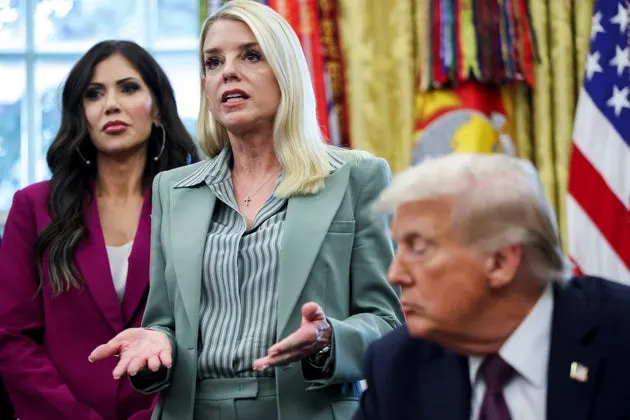
The timing of this move is critical. Just two days before this announcement, the administration issued a memorandum formally designating antifa as a domestic terrorist organization. That decision, made on September 26, 2025, laid the groundwork for a broader federal crackdown. It is not only about the Dallas attack, but that event has clearly accelerated the urgency. What investigators know so far is that the Dallas attacker acted alone, raising questions about whether a larger network is truly involved. But the administration has chosen to view the incident as part of a wider, coordinated threat against ICE.
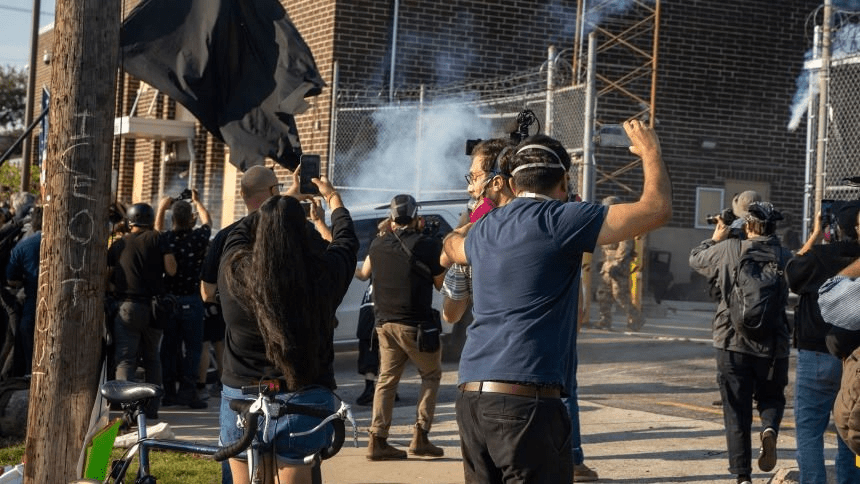
This is where the politics and the reality on the ground collide. Government data released earlier this year showed that ICE was already under strain, with detainee numbers surging past 16,000, many of them with no criminal records. At the same time, the FBI and DOJ have tracked a rise in lone-offender violence in recent years. A July 2025 FBI update reported that 60% of domestic terrorism incidents in 2024 involved individuals who self-radicalized rather than organized groups. That statistic highlights the challenge: the administration is mobilizing as though there is a massive coordinated network, but the data suggests the danger often comes from individuals acting alone.
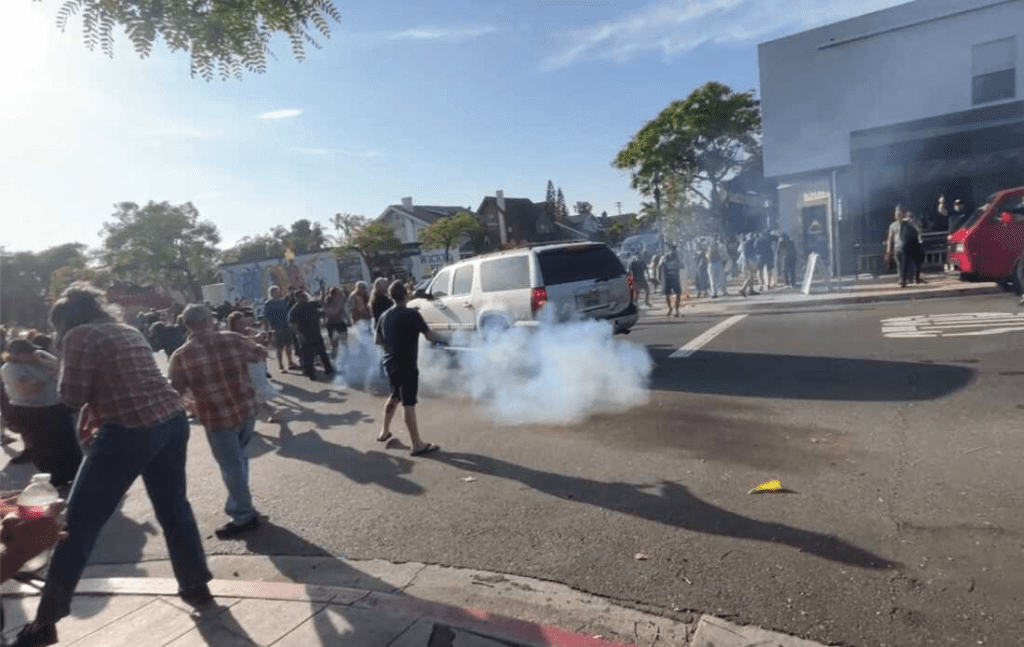
Yet in moments like this, perception can shape policy as much as facts. ICE facilities have been under frequent protest, and the Dallas attack, even if carried out by a lone individual, becomes part of a larger narrative that these centers are in constant danger. For Trump, Miller, and Bondi, the answer is to show force, to reassure agents on the ground, and to make a public statement that violence against ICE will not be tolerated.
Critics are already asking whether this surge of resources risks overreaching, targeting political opponents, or casting too wide a net. But for supporters, it feels long overdue. ICE officers have been working under intense pressure for years, often painted as villains, and the Dallas incident struck a nerve. The administration’s swift response sends a clear signal that the federal government will not wait for another tragedy before acting.
Watching this unfold, it is hard not to feel the tension building. The memory of the Dallas facility, the images of chaos and violence, and the knowledge that one life was lost are fueling decisions that could reshape how domestic terrorism is defined in America. Lone actors or networks, planned or spontaneous, the outcome is the same: agents and detainees are left vulnerable in facilities that are supposed to be secure.
The story is still developing, and the investigation into Dallas may ultimately confirm that the attacker had no links to broader groups. But the Trump administration is treating this moment as the time to draw a line. Miller’s declaration and Bondi’s orders are part of a broader political and security message: that the federal government is reclaiming control and putting the safety of ICE agents front and center. Whether this surge will succeed in preventing future attacks or whether it will cast too wide a shadow remains to be seen, but it has undeniably changed the conversation.
